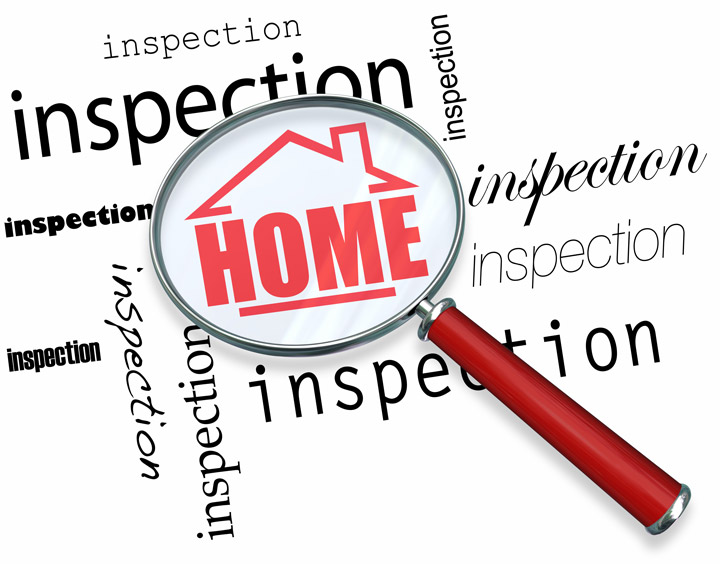
Decoding the Appraisal ProcessGetting a house is the largest financial decision some of us will ever make. Whether it's where you raise your family, a seasonal vacation home or an investment, the purchase of real property is a detailed transaction that requires multiple parties to make it all happen. It's likely you are familiar with the parties taking part in the transaction. The real estate agent is the most familiar face in the transaction. Next, the bank provides the money required to bankroll the exchange. And ensuring all requirements of the transaction are completed and that the title is clear to pass from the seller to the buyer is the title company. So, what party is responsible for making sure the value of the property is in line with the purchase price? This is where you meet the appraiser. We provide an unbiased estimate of what a buyer could expect to pay — or a seller receive — for a parcel of real estate, where both buyer and seller are informed parties. A licensed, certified, professional appraiser from Goddard's Appraisal LC will ensure, you as an interested party, are informed. Appraisals start with the property inspectionTo ascertain an accurate status of the property, it's our responsibility to first perform a thorough inspection. We must see features hands on, such as the number of bedrooms and bathrooms, the location, living areas, etc, to ensure they indeed are there and are in the condition a reasonable buyer would expect them to be. To ensure the stated square footage has not been misrepresented and illustrate the layout of the home, the inspection often requires creating a sketch of the floorplan. Most importantly, we look for any obvious amenities - or defects - that would have an impact on the value of the house. Once the site has been inspected, an appraiser uses two or three approaches to determining the value of real property: a sales comparison, a replacement cost calculation, and an income approach when rental properties are prevalent. 
Cost ApproachThis is where we use information on local building costs, labor rates and other elements to derive how much it would cost to construct a property similar to the one being appraised. This value usually sets the upper limit on what a property would sell for. It's also the least used predictor of value. 
Paired Sales AnalysisAppraisers get to know the subdivisions in which they work. They thoroughly understand the value of certain features to the residents of that area. Then, the appraiser researches recent sales in the area and finds properties which are 'comparable' to the real estate in question. By assigning a dollar value to certain items such as remodeled rooms, types of flooring, energy efficient items, patios and porches, or extra storage space, we adjust the comparable properties so that they are more accurately in line with the features of subject property.
A true estimate of what the subject might sell for can only be determined once all differences between the comps and the subject have been evaluated. When it comes to putting a value on features of homes in Ardmore and Carter, Goddard's Appraisal LC is your local authority. The sales comparison approach to value is usually given the most consideration when an appraisal is for a home purchase. Valuation Using the Income ApproachIn the case of income producing properties - rental houses for example - the appraiser may use an additional approach to value. In this scenario, the amount of revenue the property produces is taken into consideration along with other rents in the area for comparable properties to determine the current value. Arriving at a Value ConclusionExamining the data from all approaches, the appraiser is then ready to document an estimated market value for the property in question. The estimate of value at the bottom of the appraisal report is not always the final sales price even though it is likely the best indication of a property's valuePrices can always be driven up or down by extenuating circumstances like the motivation or urgency of a seller or 'bidding wars'. But the appraised value is typically used as a guideline for lenders who don't want to loan a buyer more money than they could get back in case they had to put the property on the market again. The bottom line is, an appraiser from Goddard's Appraisal LC will help you get the most accurate property value, so you can make the most informed real estate decisions. |